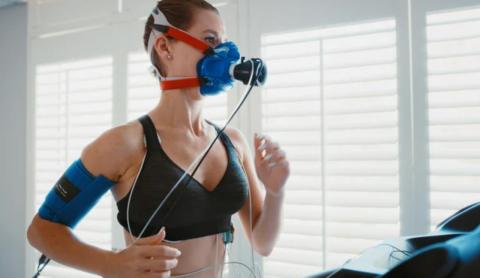
VO₂ Max by Age: What’s Normal and How to Improve It
Published on April 11 by Matt
VO₂ max — your body’s ability to use oxygen during exercise — is one of the most telling indicators of aerobic fitness. And while it's often associated with elite athletes, it matters just as much for everyday runners and fitness-minded individuals.
As we age, VO₂ max naturally declines, typically starting in our 30s. The average drop is about 1% per year, though inactive lifestyles can accelerate that loss. But here’s the good news: consistent endurance training slows the decline significantly — and in some cases, older runners can maintain VO₂ max levels comparable to people decades younger.

For example, a fit 60-year-old runner can still outperform a sedentary 30-year-old in VO₂ max. The key? Regular aerobic activity, interval training, and strength work to support overall cardiovascular health.
So while age does affect VO₂ max, it’s not the end of performance. If anything, it’s a strong argument for staying active — running truly helps you stay younger, longer.